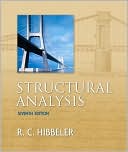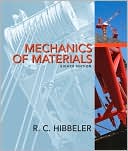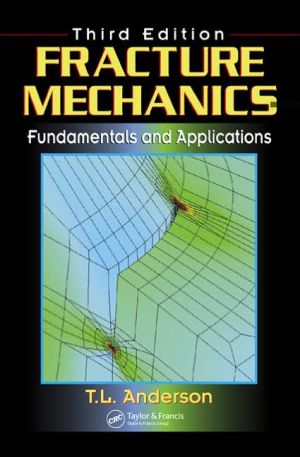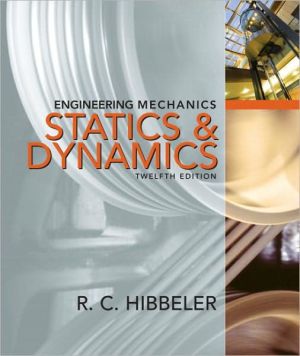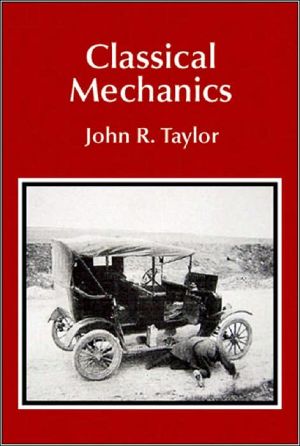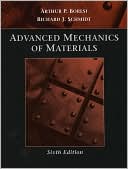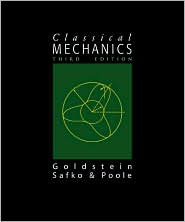Seven Ideas That Shook the Universe
Search in google:
Before Einstein Began His Career As A Pop Icon, He Dabbled A Bit In The Inner Workings Of The Universe. Albert Einstein has had a pretty good career since his death. Just look around— in the 1990s you’ll find him selling PCs, guest-starring on Star Trek: The Next Generation, and popping up in uncounted New Yorker cartoons. Although it is gratifying that Einstein is a household word today, many people have an unclear understanding of what he actually did. The same is true for Galileo, Newton, and many others. What these scientific luminaries did is no less than totally restructure the basic assumptions and understandings of philosophers, scientists, educators, and religious leaders of their day! Now, you can discover seven scientific revolutions that shook the very foundation of human understanding of the physical world! This fascinating book explores seven of the most important themes in physics:The Earth is not the center of the universe (Copernican astronomy)The universe is a mechanism run by rules (Newtonian mechanics and causality)Energy is what makes it go (the concept of energy)Entropy tells it where to go (entropy and probability)The facts are relative but the law is absolute (relativity)You can’t predict or know everything (quantum theory and the end of causality)Fundamentally, things never change (conservation principles and symmetry)The authors put each of these ideas into its historical and philosophical context, and explains how it came about. They present historical facts and connections to literature and philosophy, and assess each idea’s impact on the way we think about time, space, and matter. Whether you’re a science devotee, a lover of ideas, or just plain curious, Seven Ideas that Shook the Universe will immerse you in the inside story of scientific discovery and development, and help you understand the fundamental ideas of physics that shape the modern view of our physical universe! School Library Journal YA A nontechnical discussion of the major aspects of physics, this is a revised edition of a college text intended for liberal arts majors. The ``seven ideas'' include: Copernican astronomy, Newtonian mechanics, the energy concept, entropy and probability, relativity, quantun theory, and conservation principles and symmetries. In the first two sections Spielberg and Anderson give an exciting historical account of the events that gave rise to what is now known as classical physics. They make readers understand the importance of the work of such men as Kepler, Copernicus, Galileo, Newton, and others. The authors also do a fairly good job of making readers understand the excitement in the new physics of today (quarks, leptons, the color force, etc.). The ideas of relativity and quantum physics are not as vividly presented, but on the whole, the book succeeds in providing a descriptive lesson on the ``history of physics.'' High-school physics and chemistry students, as well as teachers, should find the book useful as a reference. Robyn Schuster, Episcopal High School , Bellaire
Partial table of contents:INTRODUCTION.Dominant Themes in Physics.Science and Other Areas of Human Endeavor: Distinctions and Similarities.COPERNICAN ASTRONOMY.Early Scientific Stirrings in the Mediterranean Area.Geocentric Theory of the Universe.The Heliocentric Theory: Revival by Copernicus.New Data and a New Theory.NEWTONIAN MECHANICS AND CAUSALITY.Aristotelian Physics.Galilean Mechanics.Logic, Mathematics, and Science.THE ENERGY CONCEPT.Interactions and Conservation Laws.Heat and Motion.ENTROPY AND PROBABILITY.Heat and Temperature.The Natural Flow of Heat.Transformation of Heat Energy into Other Forms of Energy.The Third Law of Thermodynamics.RELATIVITY.Galilean-Newtonian Relativity.Attempts to Detect the Ether.General Theory of Relativity.QUANTUM THEORY AND THE END OF CAUSALITY.Cavity of Blackbody Radiation.The Nuclear Atom and Atomic Spectra.The Use of Models in Describing Nature.The Impact of Quantum Theory on Philosophy and Literature.CONSERVATION PRINCIPLES AND SYMMETRIES.The Nuclear Force and Nuclear Structure.Conservation Laws and Symmetries.Index.

